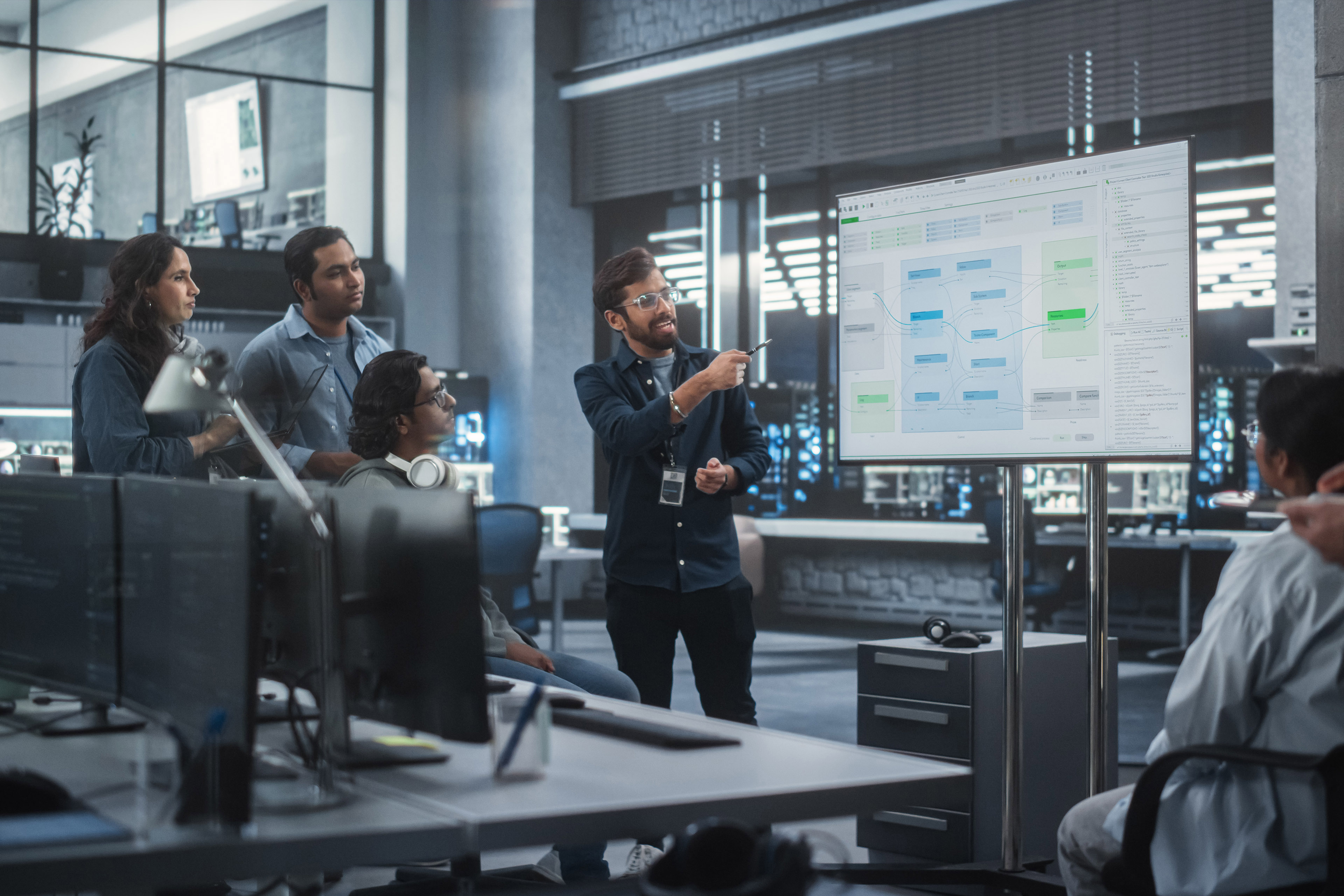EY refers to the global organization, and may refer to one or more, of the member firms of Ernst & Young Global Limited, each of which is a separate legal entity. Ernst & Young Global Limited, a UK company limited by guarantee, does not provide services to clients.
How EY can help
-
Our Government & Public Sector practice provides a full range of consulting, strategy, tax and audit services.
Read more
Forward-looking CIOs are advising their governments on ways to integrate new technologies into the digital services they deliver to constituents. In many ways, emerging technologies represent the natural evolution of the government CIO’s role from caretaker of the IT infrastructure to an overall broker of services, in this case one who takes a holistic approach to managing digital transformation.
That’s not to say that CIOs no longer need to care about keeping the lights on and make sure that core IT functions such as storage and network operations, among others, run smoothly. As CIOs integrate emerging technology into their organizations, they should consider these seven actions that will optimize their digital transformation and minimize risk to their organization.
- Adopt emerging technology by design, not by default. Be intentional with enterprise decision-making by hosting a cross-agency forum for information sharing and discussions on new technology developments.
- Include emerging technology in the enterprise architecture. Document the organization’s intended direction in each domain section of the enterprise architecture with examples of trending emerging technology.
- Fund emerging technology through an innovation fund. Consider recasting emerging technology acquisition as an operating expense rather than a capital expenditure. Allocate a small percentage of the charge-back budget to an innovation fund for emerging technology. Also, seek a general fund appropriation to create a grant funding model where agencies can apply for assistance to pilot emerging technology without the financial risk.
- Seek procurement waivers for emerging technology. Working with procurement, develop language to enable research, demonstrations and pilots without the requirement for competitive bids during proof of concept or pilot projects to document requirements for future competitive requests for proposals.
- Organize vendor demonstrations of emerging technology. Team with vendor associates to establish an innovation center to showcase how emerging technologies can solve agency business challenges and modernize digital services.
- Facilitate emerging technology cross-agency pilot projects. Look across common business functions and encourage information sharing to standardize on common emerging technology platforms and capabilities.
- Avoid the top-down approach to emerging technology. Emerging technologies enjoy greater acceptance and success when front-line departments identify business needs and then work with enterprise IT to pilot and deploy the solutions within the enterprise architecture.
As emerging technologies enter the mainstream, government CIOs will be pressed to incorporate the technology into their enterprise architecture, leverage new ecosystem partnerships and deliver innovative solutions that differentiate the constituent experience while creating a leading class, commercial like, constituent experience. This is often easier to accomplish in unified or federated state IT models as compared to the states that operate with one that is decentralized.
This expansion of scope requires sharpening the focus on emerging technology solutions that can be deployed rapidly to address new agency or constituent requirements and innovation opportunities. They will also need to continue developing a change competency within their organization and create a learning environment that will focus on experimenting, exploring and collaboration.







